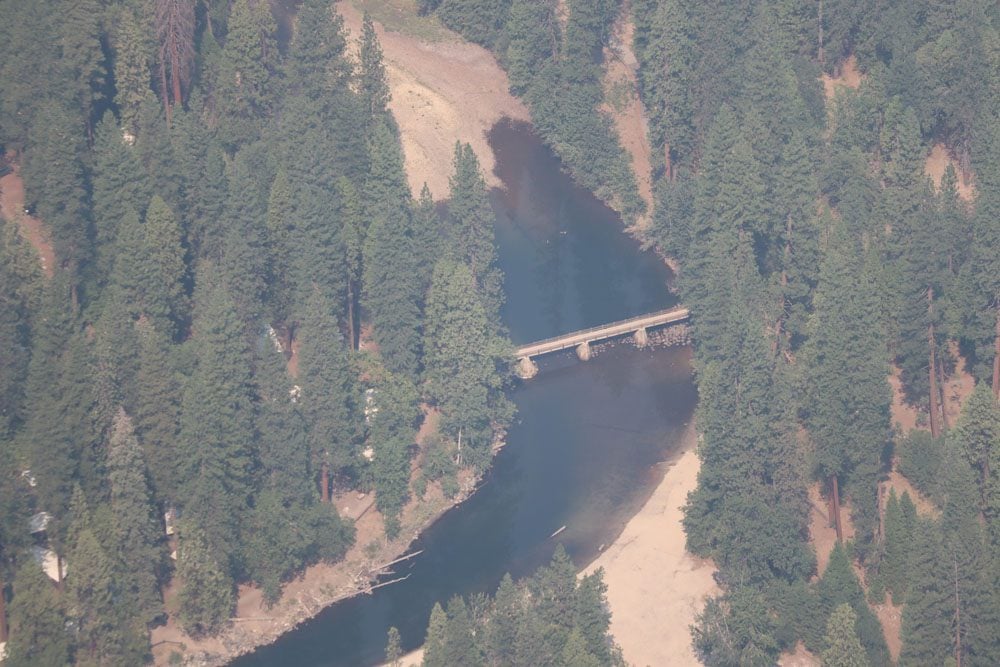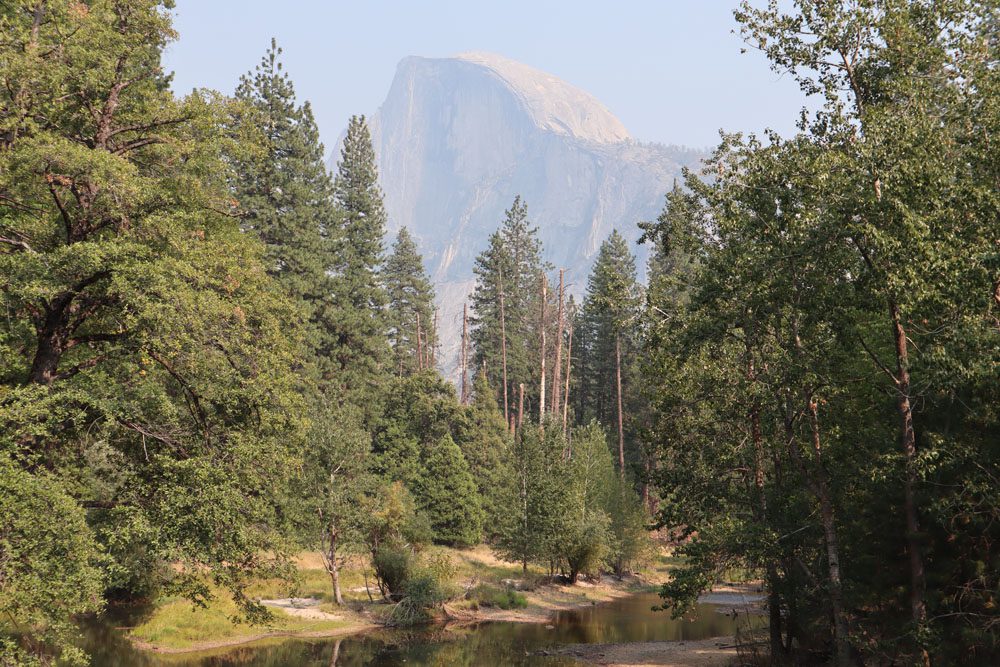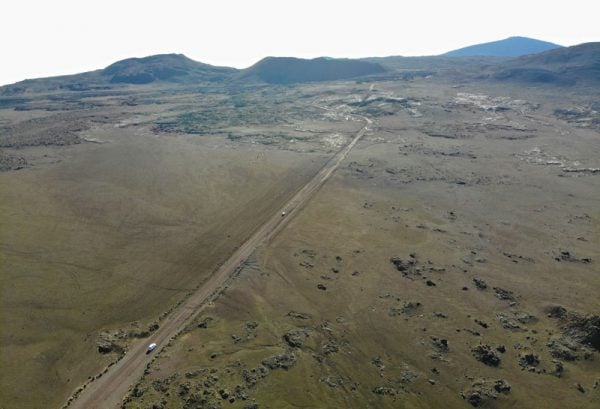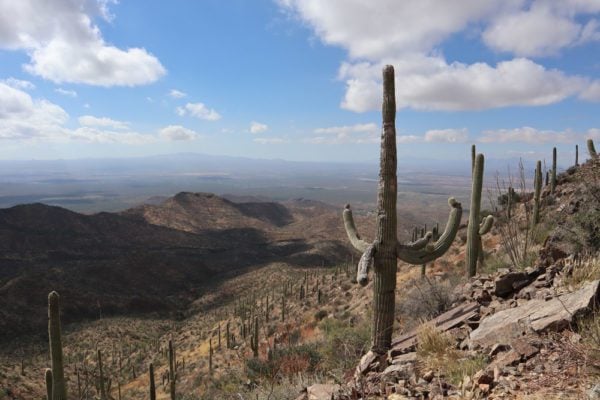Yosemite Travel Guide
Things to See and Do in Yosemite
In this section of the Yosemite travel guide, I’ll highlight Yosemite’s main highlights in each of the park’s main regions. I recommend following along using this companion map.
To see how to best divide your time in Yosemite, check out these Yosemite itineraries (one day, two days, three days). For specific hiking information, check out this guide which highlights the best hikes in Yosemite. For a quick read, here’s a list of the top 10 things to see and do in Yosemite.
Yosemite Valley
Few natural sites are as striking as Yosemite Valley. Nicknamed “the incomparable valley”, even the most tired eyes open wide when glimpses of the valley first come into view. Home to granite cliffs towering over 3,000 feet in height (900 m), plunging waterfalls, and picturesque meadows, Yosemite Valley is the park’s main attraction.
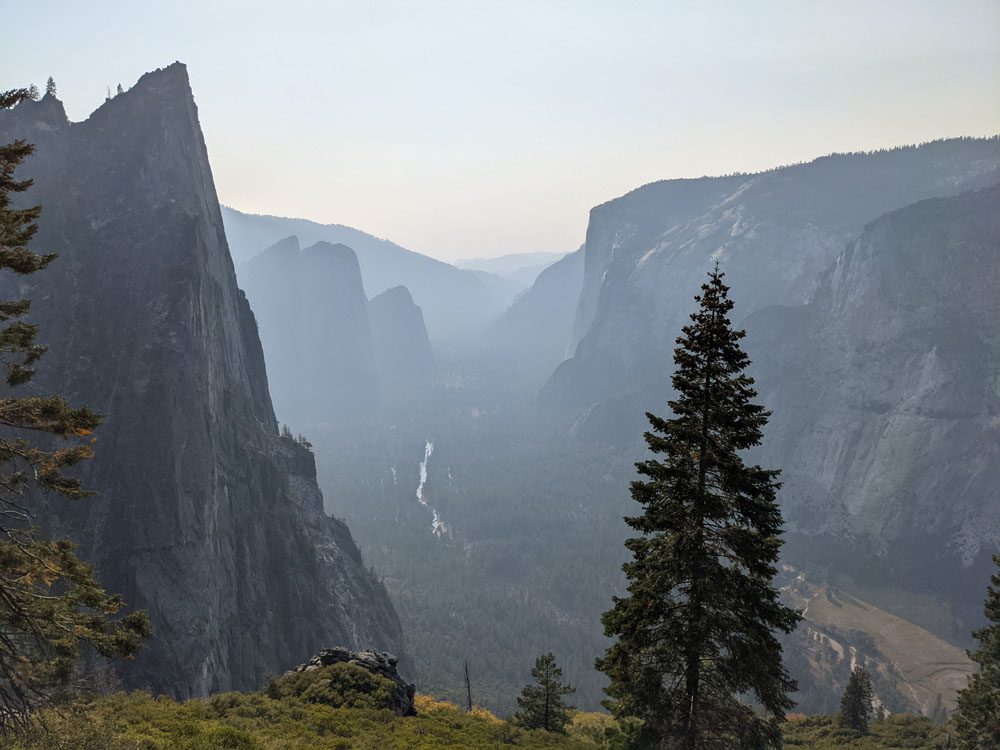
Yosemite Valley measures seven miles in length and one mile across at its widest point. In this small space lie some of the park’s top sites, though many are best viewed from high above. Inside the valley, a one-way traffic system is in effect, and finding parking spaces at its prime spots can be a challenge during peak times. Listed below are Yosemite Valley’s top attractions.
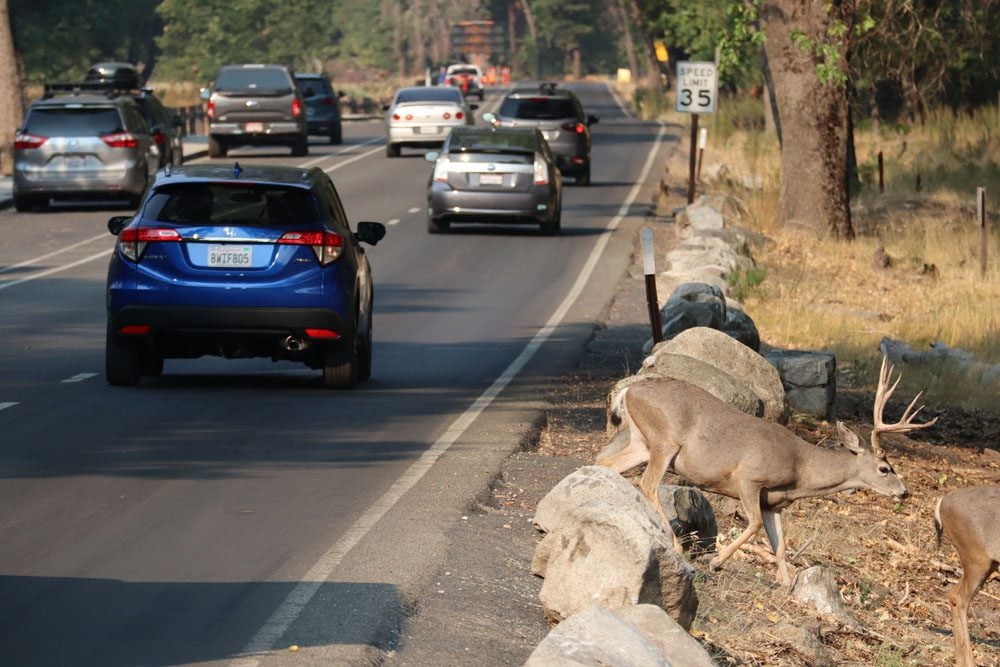
Yosemite Village
Not a village per se but rather a concentration of essential services. You’ll find here the park’s major restaurant and shop, the Village Store and Grill (where you can buy practically everything but gas), the Yosemite Museum, and the main visitor center.
I highly recommend starting your visit to Yosemite at the visitor center. Chat with a ranger to “sanity check” your plan or get help in devising one.
The Ahwahnee Hotel
You don’t have to be a guest to visit Yosemite’s luxury hotel. The historic Ahwahnee Hotel opened in 1927, blending into its surrounding with wood and rock on the exterior, and exquisite Native American decorations in its interior. You can park in the hotel’s guest parking lot or take one of the walking trails that reach the hotel. Check out the Ahwahnee’s impressive albeit pricey gift shop for original souvenirs.

Bridalveil Fall
Stop at the Bridalveil Falls Viewpoint or across the Merced River at Hanging Valley Viewpoint to admire one of Yosemite’s two famous waterfalls. From these viewpoints, Bridalveil Fall may seem small in the backdrop of the surrounding cliffs, but it is actually cascading from a height equal to a 62-story building (620 feet | 189 m). Due to the magic spell that the wind tends to cast on Bridalveil Fall, the native Ahwahneechee called this area pohono, meaning “spirit of the puffing wind”. European-Americans named it Bridalveil Fall because of the veil-like effect when the wind tosses the water in the air.
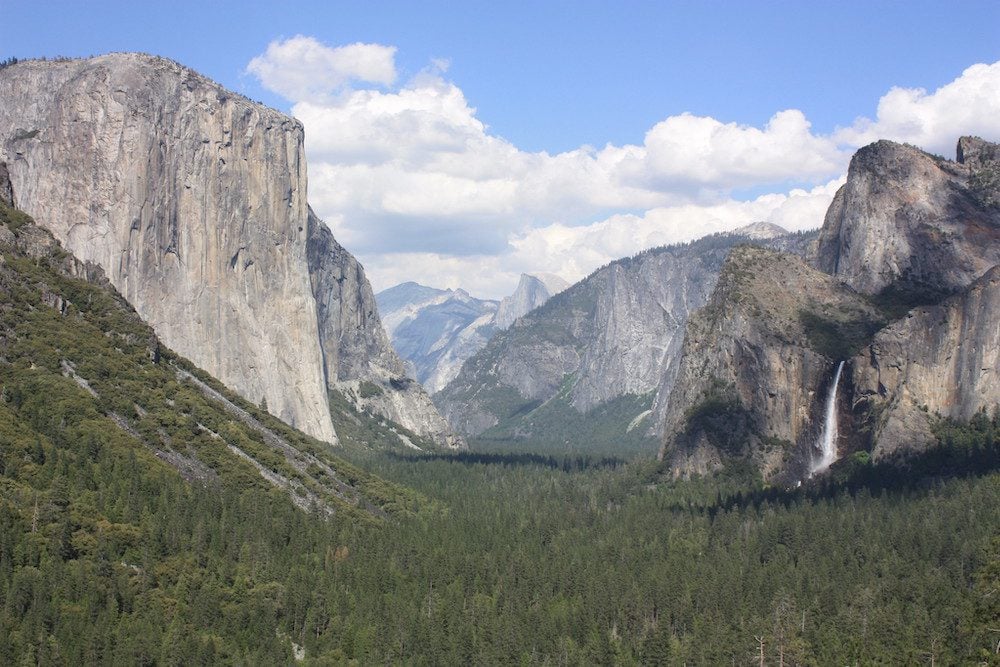
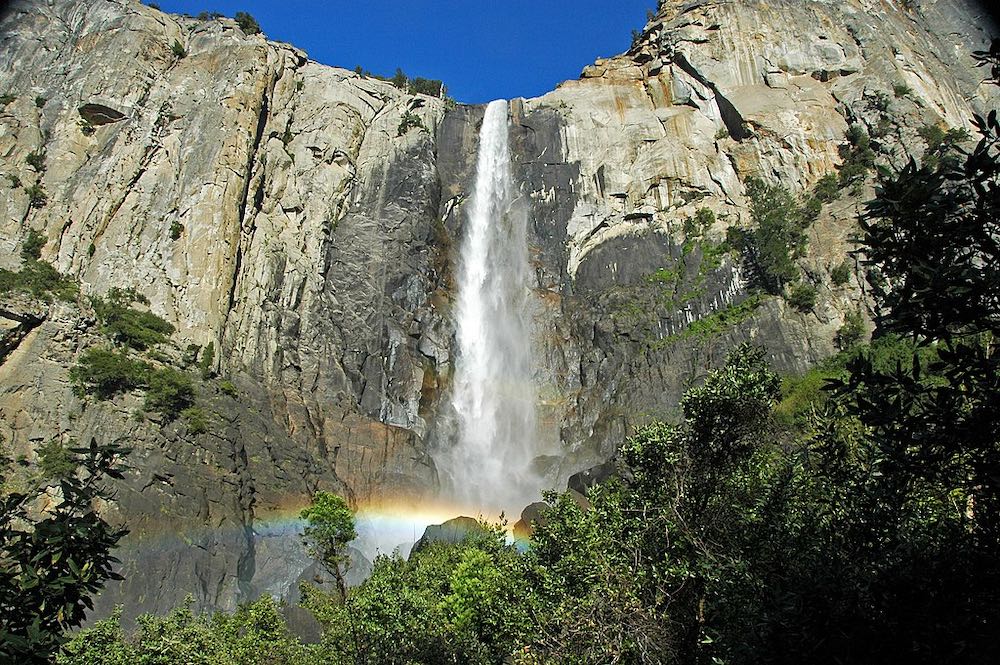
When you’ve had a good glimpse of the waterfall from afar, take the short hike to inspect Bridalveil Fall from up close. Keep in mind that the waterfall is usually very dry and practically non-existing in the late summer and early fall months.
If possible, time your visit to the afternoon when the sun is high in the sky. During the morning hours, the waterfall is likely hidden by shade.
Tunnel View
Looking for the perfect vista of Yosemite Valley? Head to Tunnel View and catch the valley’s top celebrities in a single frame. Tunnel View is perfectly positioned and elevated, and there should be enough parking spots throughout the day. The best time to visit Tunnel View is in the late afternoon when the shine directly shines on the valley or at sunset. I can also see this being a good spot for stargazing in Yosemite.
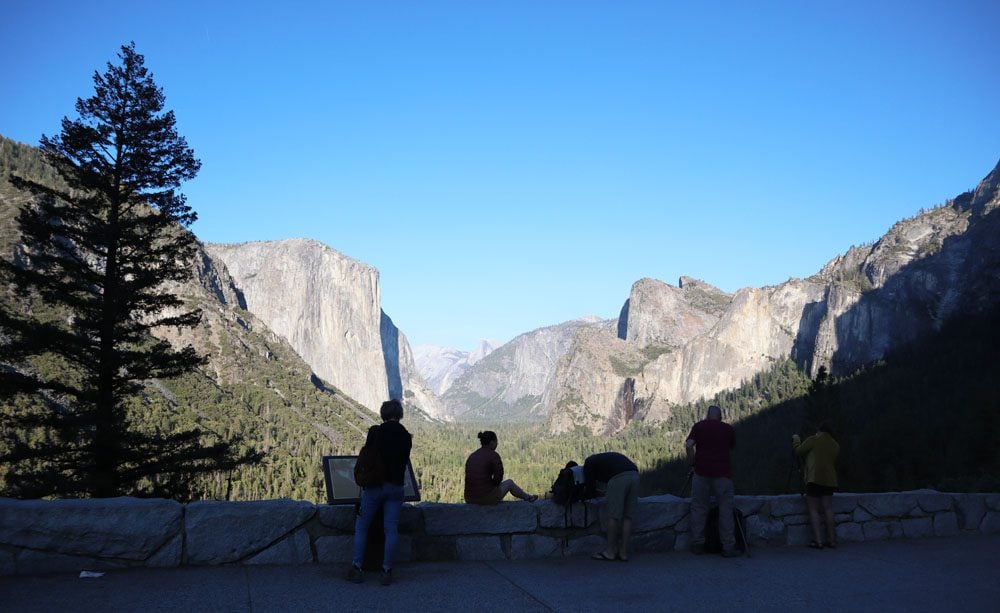
Yosemite Valley View
Together with Tunnel View, Yosemite Valley View (“Valley View”) is one of the best scenic viewpoints in Yosemite, especially on a calm late afternoon when Yosemite Valley’s grandeur is reflected on the surface of the water. This is also a good spot for watching the sunset in Yosemite.
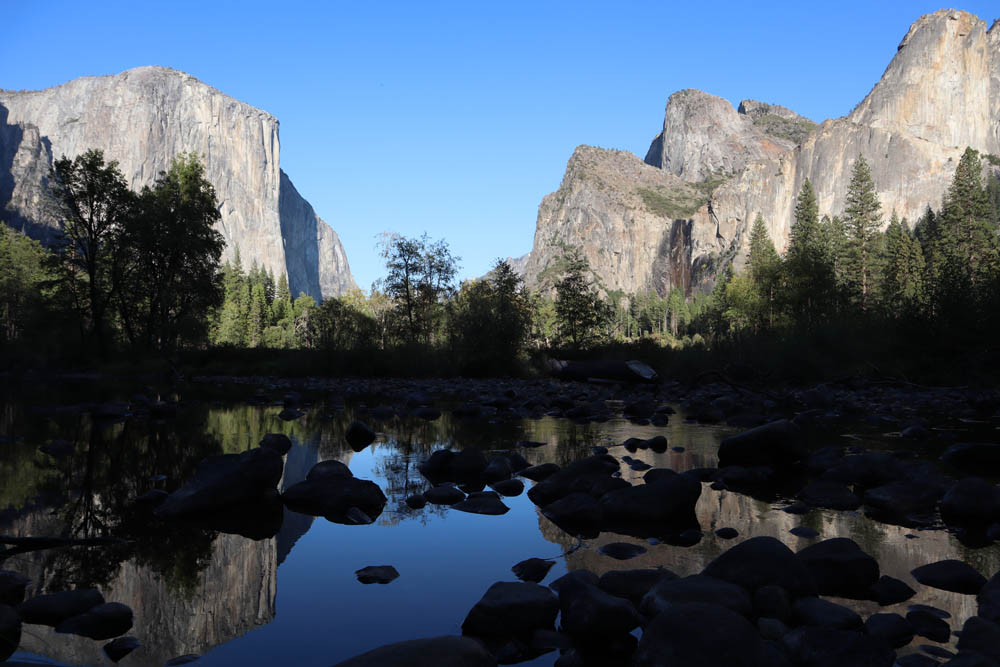
Yosemite Falls
Dubbed the “tallest waterfall in North America”, Yosemite Falls is purposely written in plural because we’re actually talking about two waterfalls: Upper Yosemite Fall and Lower Yosemite Fall. The two waterfalls have a combined height of 2,425 feet (739 m) when we also throw in the intermediate section known as “the middle cascade”. Yosemite Falls is one of the park’s top highlights but come late summer, there is little left to see but giant boulders.
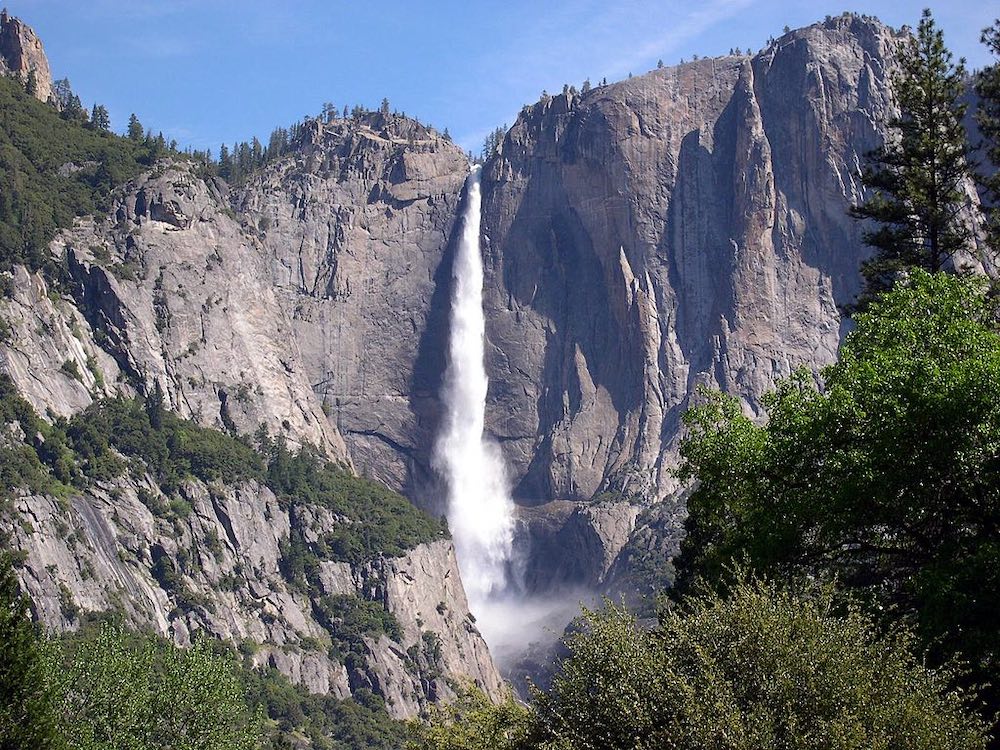
The best time to experience Yosemite Falls is during late spring and early summer when the snowmelt creates a serious flow. You can easily walk to the base of Lower Yosemite Falls on a paved trail (be on the lookout for bears and deer), and for a challenging yet rewarding hike, spend the bulk of the day hiking to Upper Yosemite Falls.
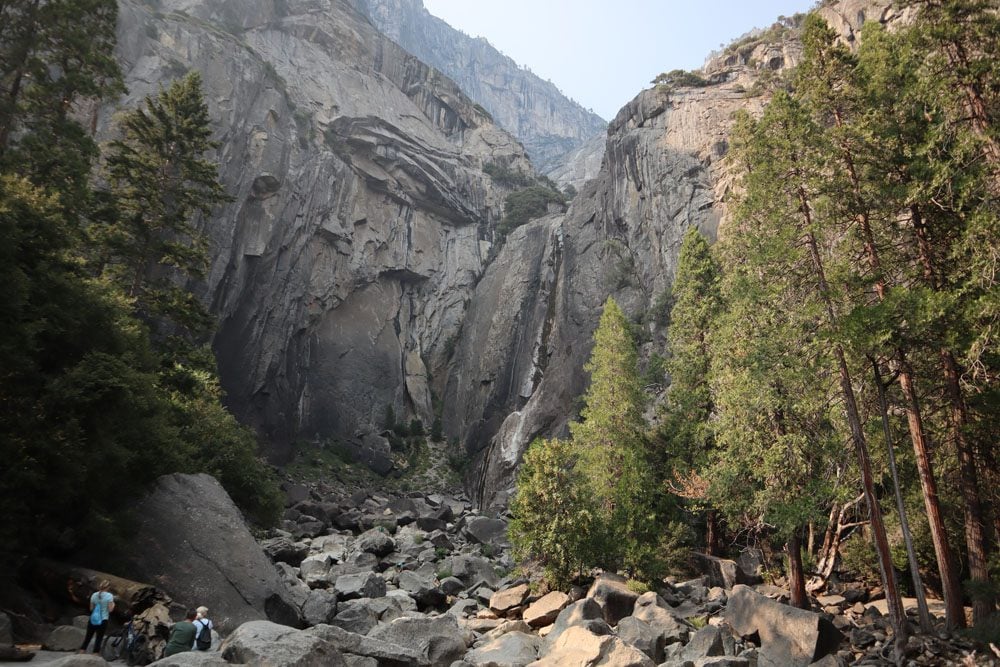
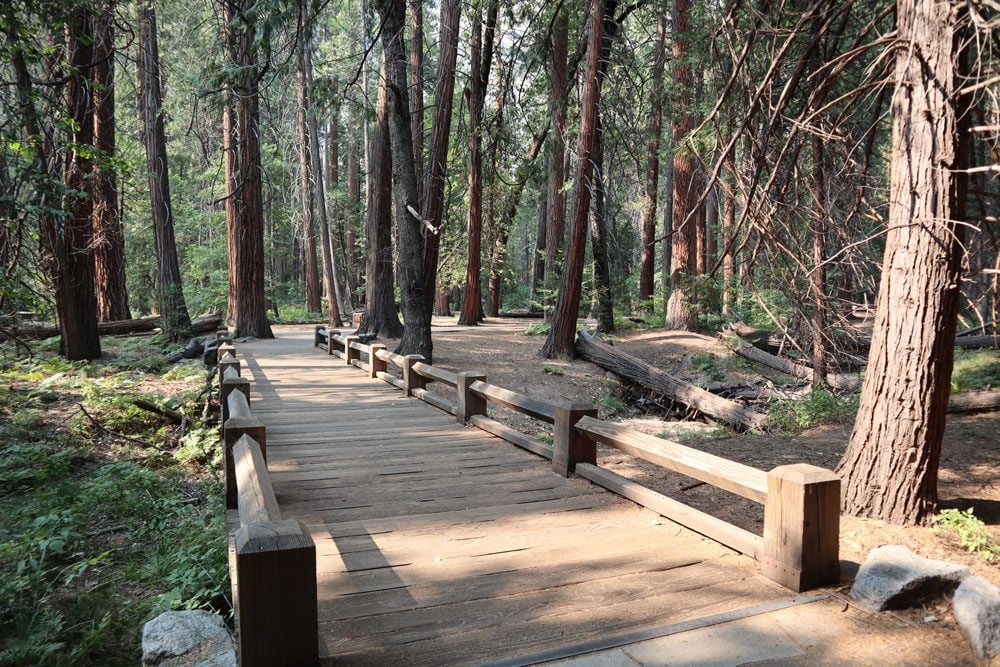
El Capitan
One of Yosemite’s two famous cliffs, El Capitan is a granite monolith that rises to a commanding height of 3,593 feet (1,095 m) over Yosemite Valley. Rock climbers take to the challenge during the warmer months but, if you’re an “ordinary” visitor, you’ll need to strain your neck a little to admire El Capitan from the valley floor or attempt the challenging hike to the top of El Capitan. The best spots to see El Capitan from the valley floor are in the road section around Hanging Valley Viewpoint.
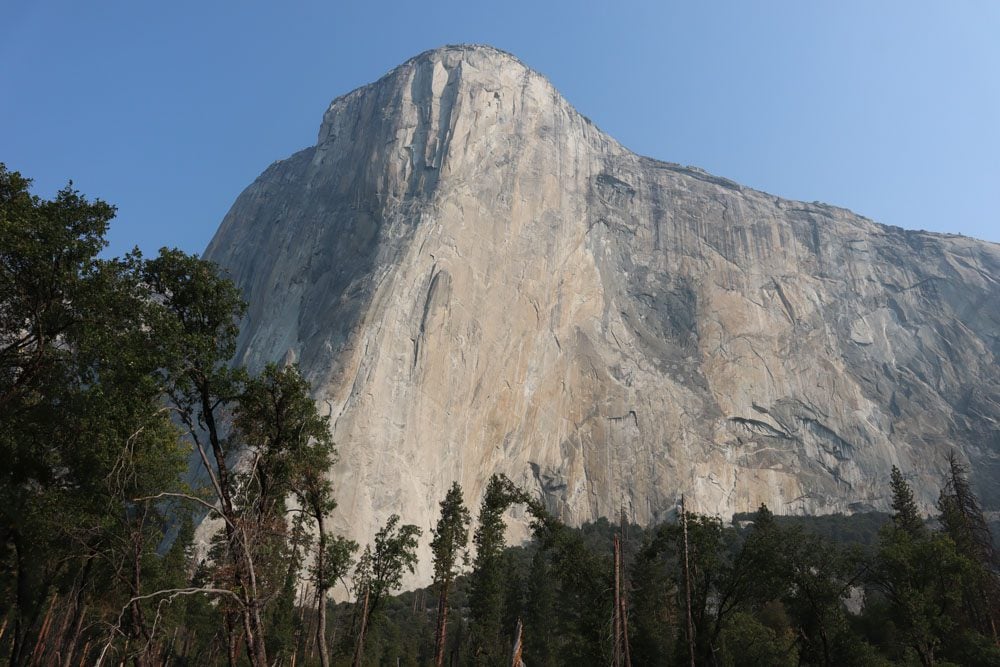
Half Dome
Without a doubt, Half Dome is Yosemite’s most popular celebrity. Rising to a height of 8,842 feet (2,695 m) and 5,000 feet purey from the valley floor, Half Dome is stunning from just about every angle. Half Dome’s size and composition make it one of the largest rock faces in the world. Its first recorded summit ascent was only in 1875. It is possible to hike to the summit of Half Dome if you have a permit. Otherwise, views of this rocky giant are best enjoyed from Glacier Point, North Dome, and from afar at Olmsted Point.
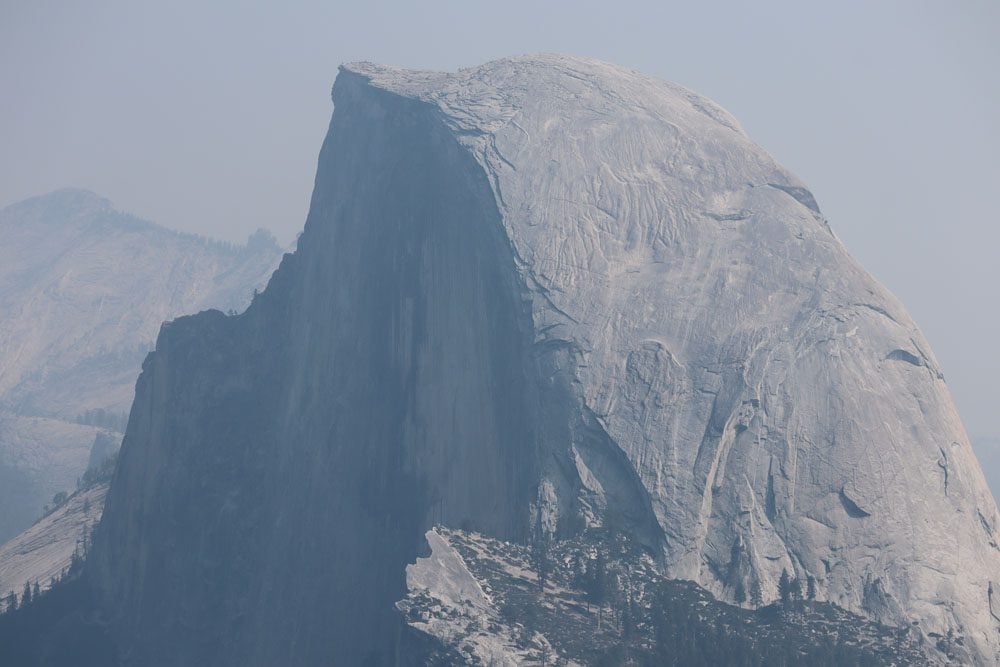
One of Yosemite’s most striking natural features is the smooth and circular cliff tops, known as “domes”. These were created by powerful geological forces that began about 80-100 million years ago when chambers of magma deep within the Earth’s crust crystallized to form hard granite rock. Uplift of this solid rock in later years gave them their height, and the natural forces of erosion and receding glaciers sculpted the domes to their present shape.
Exploring the Meadows
Yosemite Valley’s meadows take up “the center” of the valley. Crossed by the Merced River, exploring the meadows provide somewhat an escape from the crowds that gather along the main road, an opportunity to perhaps spot some wildlife, and a unique vantage point of Yosemite Falls, Half Dome, Glacier Point, and Sentinel Rock. Hike all or part of the Cook’s Meadow and Sentinel Meadow trail to explore this area.
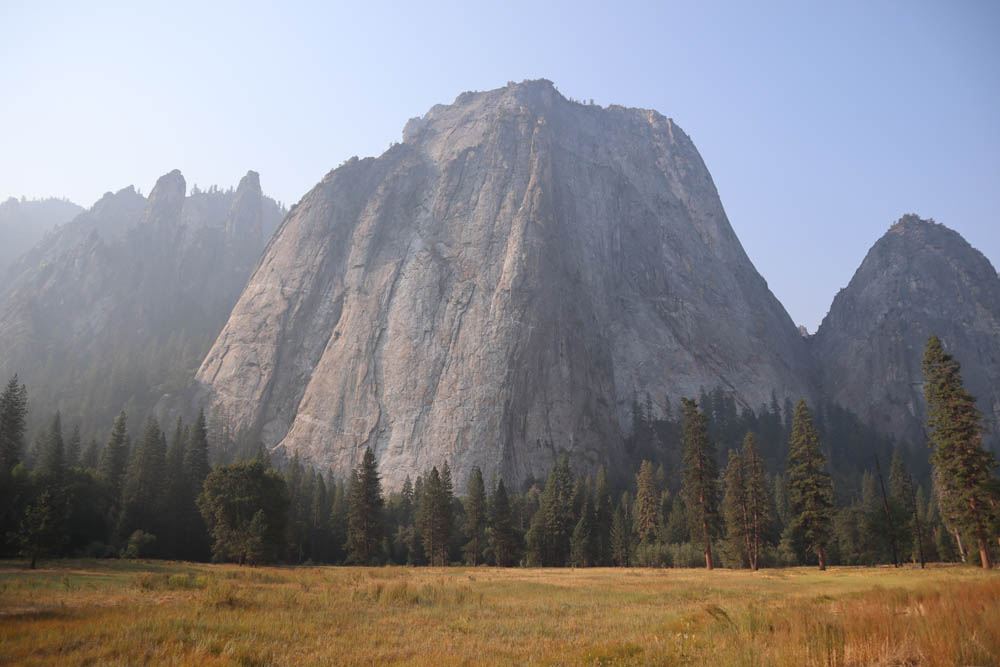
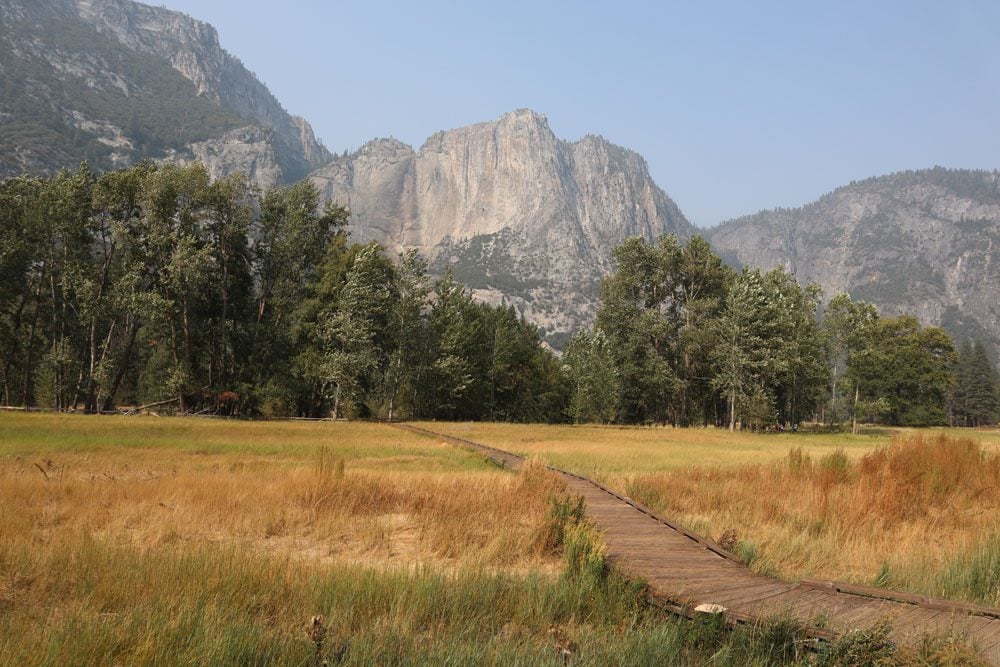
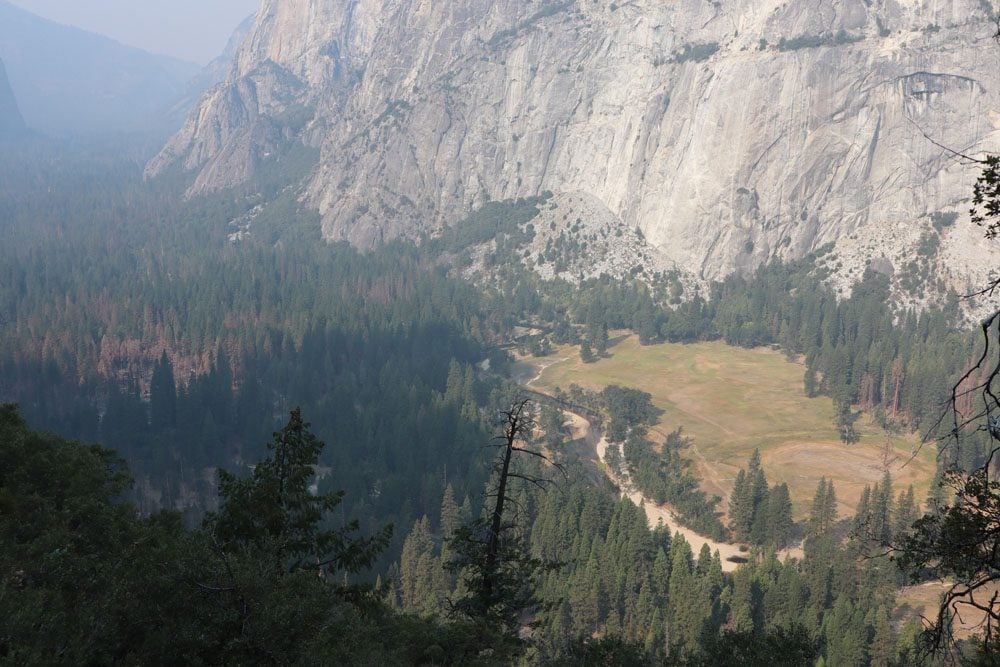
Mirror Lake
Though dry in the summer months, when this area turns into a meadow, the walk to Mirror Lake along a paved road closed to vehicle traffic is pleasant and easy. When Mirror Lake is full, visitors are rewarded with a beautiful reflection of Half Dome on the calm surface of the water.
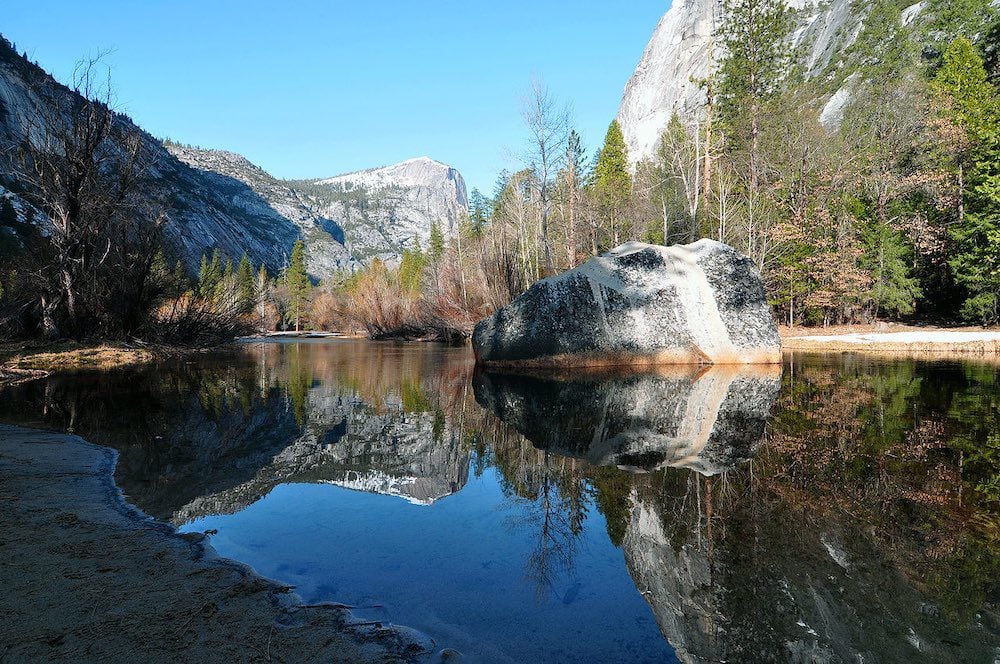
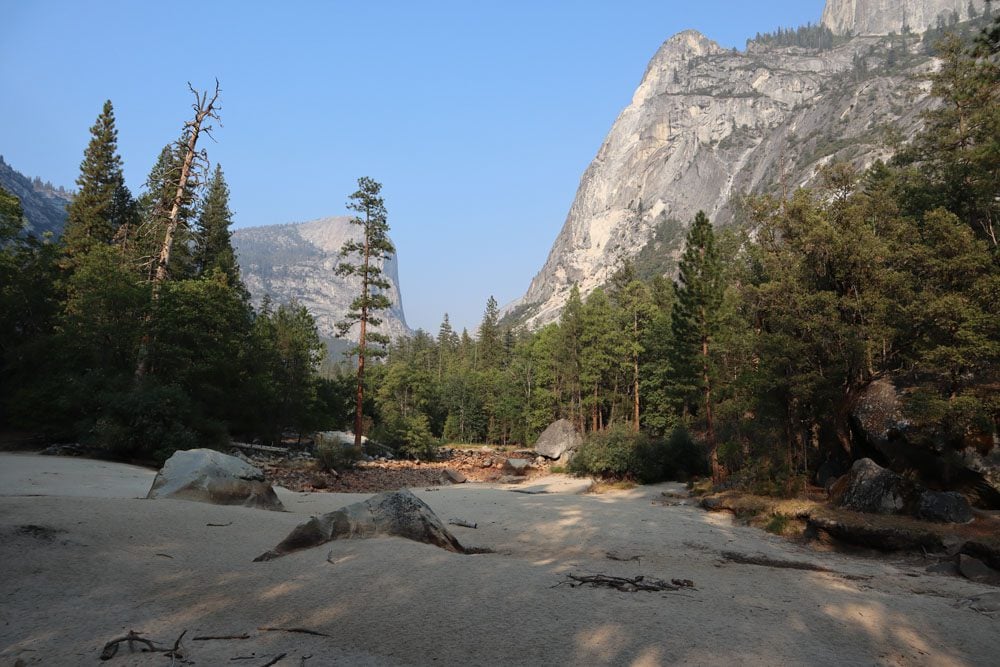
Happy Isles
Happy Isles lies at the start of the trail to Vernal and Nevada Falls but on the opposite end of the Merced River. You can go here for a swim even in the drier months, or just walk around and enjoy the natural surroundings. The Happy Isles Art and Nature Center can also be a good option if you’re visiting Yosemite with children.
Vernal & Nevada Falls
Access to Vernal Fall and Nevada Fall is from Yosemite Valley, though reaching both require a bit of climbing. The trail to Vernal Fall Bridge is quite steep but it’s paved throughout and dotted with scenic spots to catch your breath.
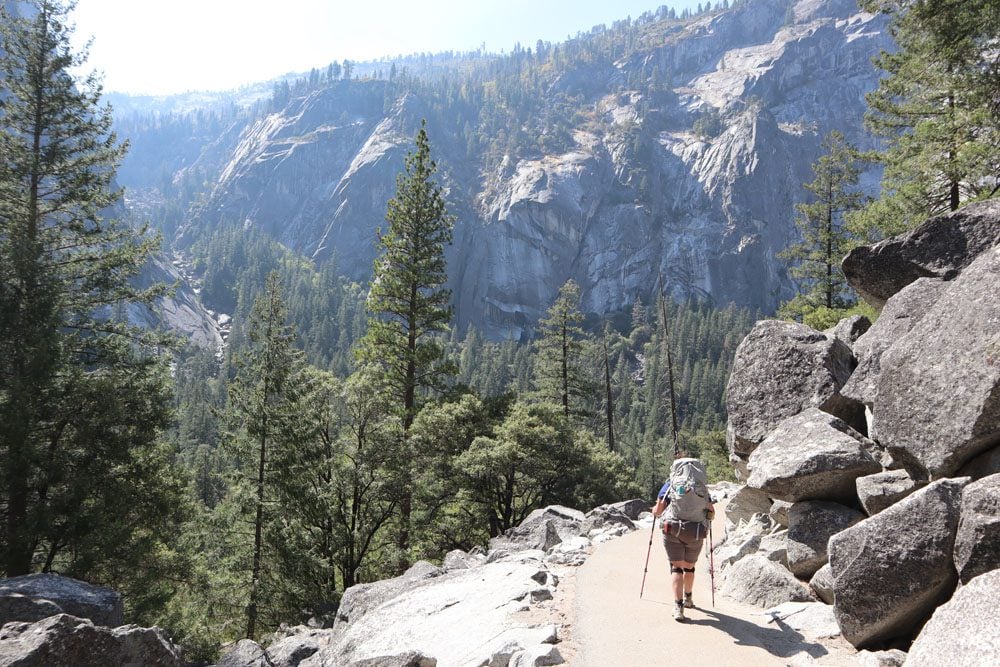
From Vernal Fall Bridge, you can catch a good glimpse of the waterfall, or continue to the top of the waterfall via the Mist Trail, if it’s open during your visit.
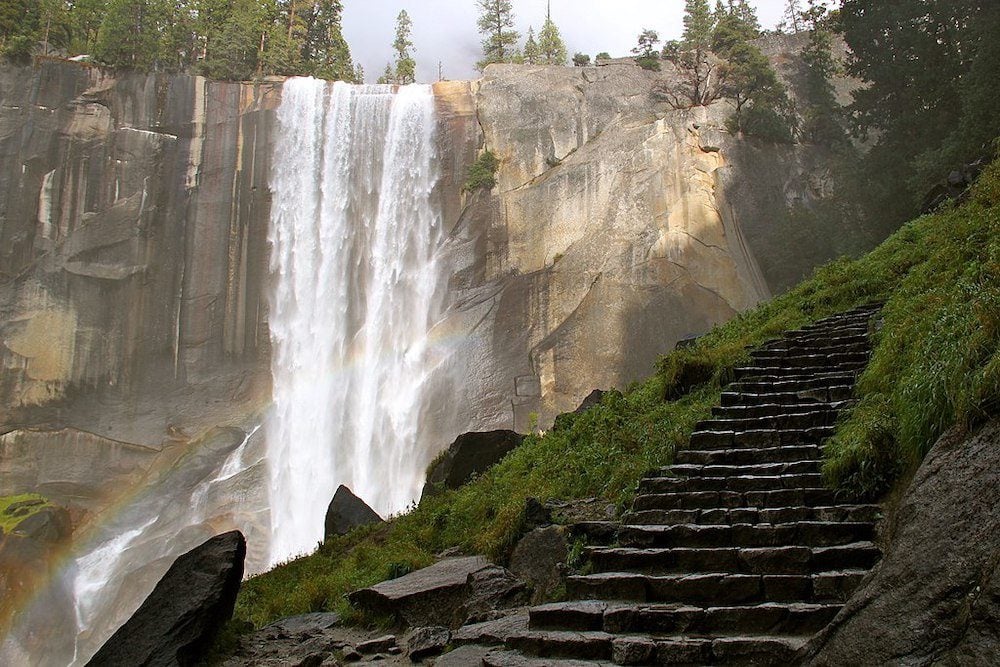
From the bridge, link up with the John Muir Trail or continue on the Mist Trail to Nevada Fall. Your effort is rewarded with exceptional views starting from Clark Point, even in the drier months. At Nevada Fall, you’ll see hikers continuing to push towards the summit of Half Dome.
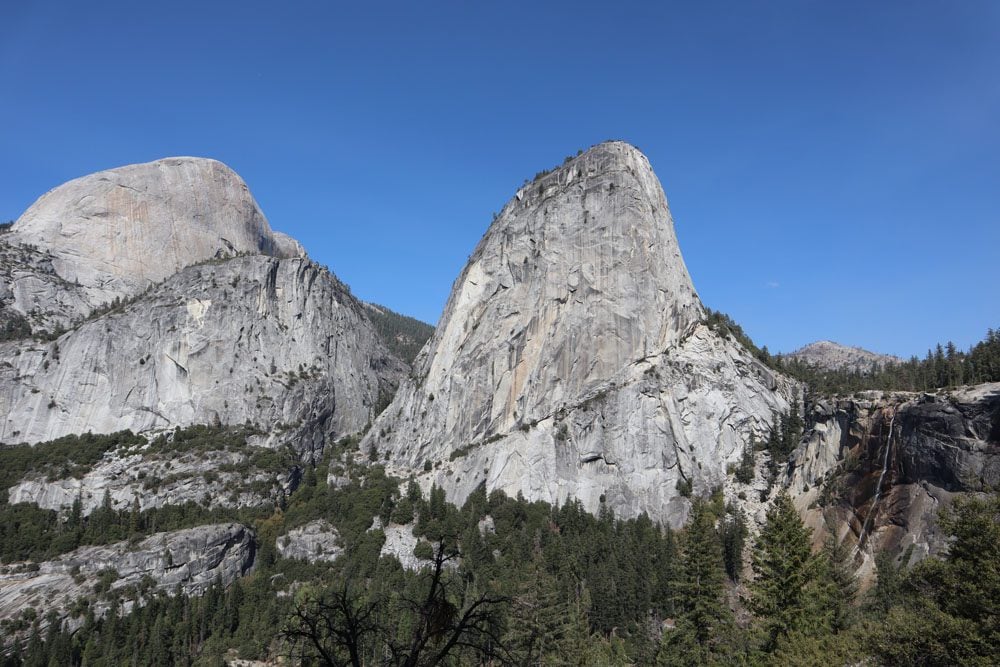
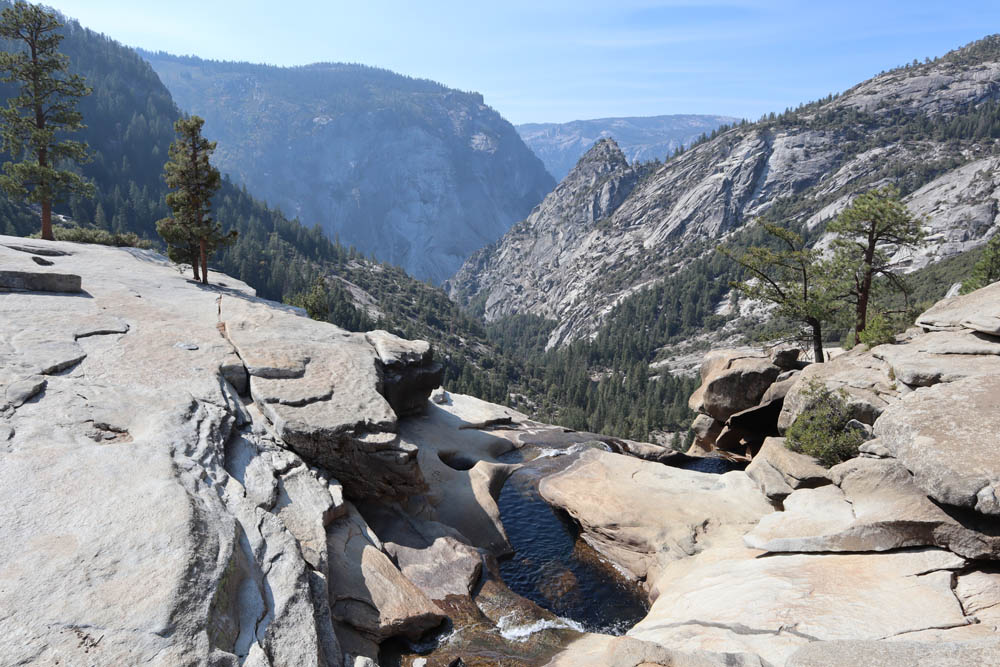
Yosemite Valley’s Bridges
Several bridges cross the Merced River in Yosemite Valley. They often provide nice backdrops for photos or can be used as platforms with relatively unobstructed views of the scenery. Check out the Swinging Bridge, Sentinel Bridge along with nearby Sentinel Beach, and Berg Bridge.
